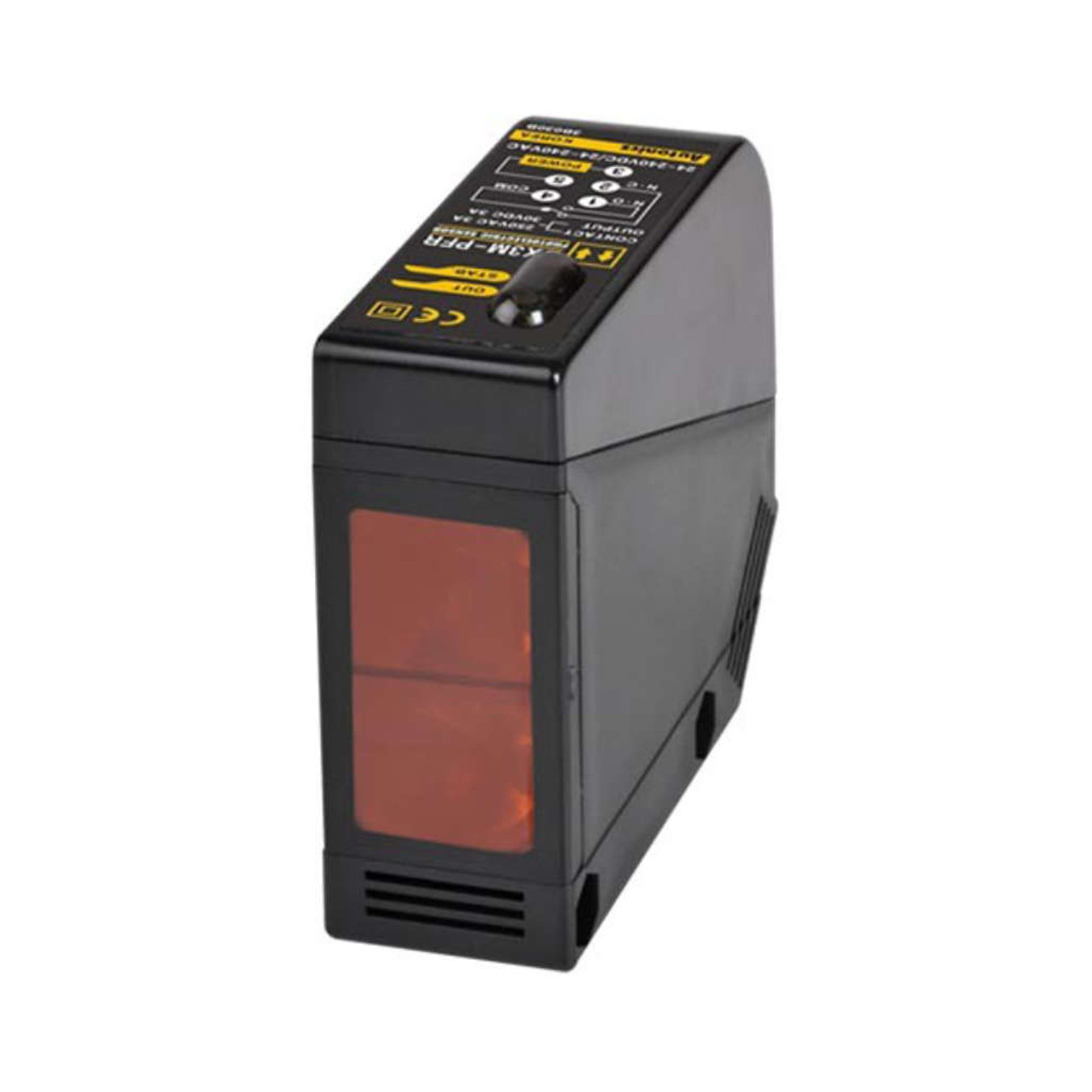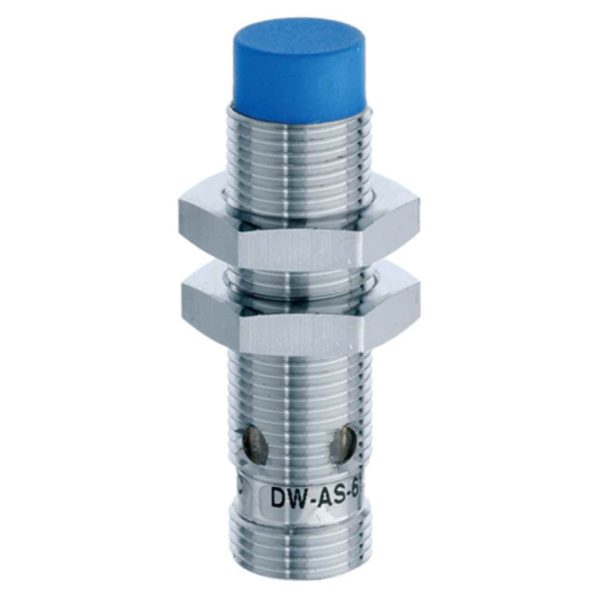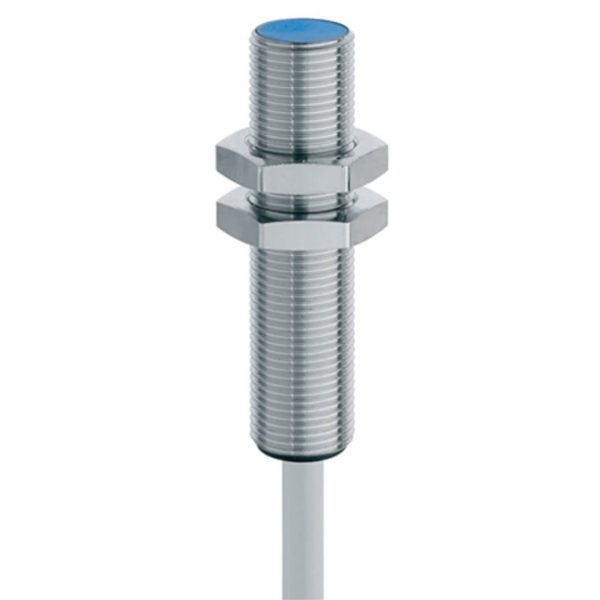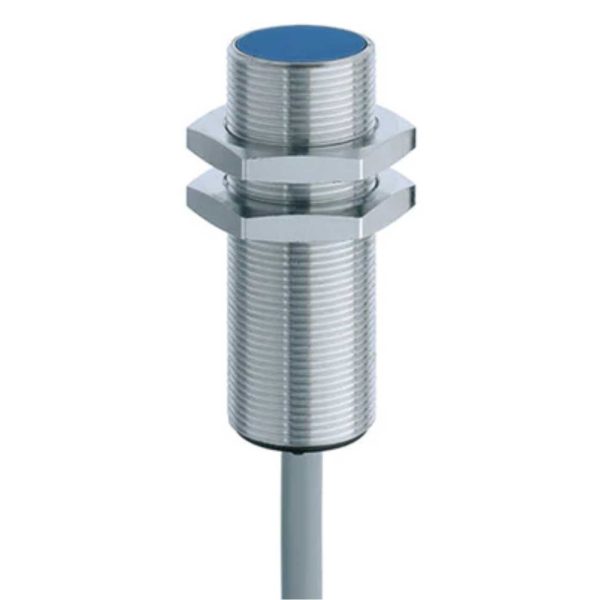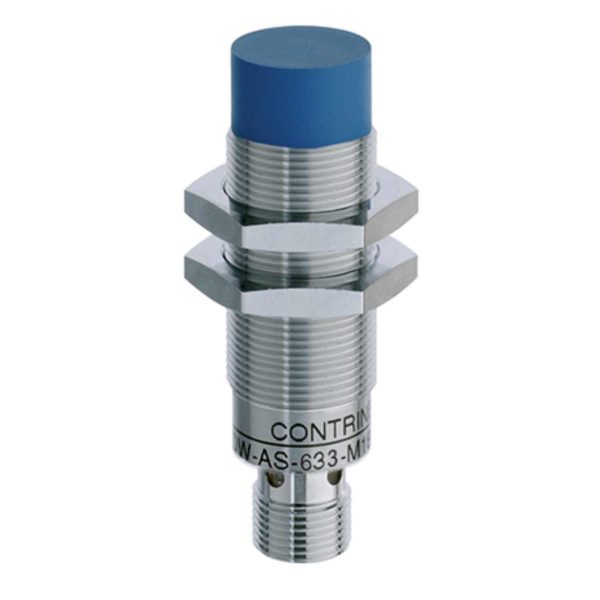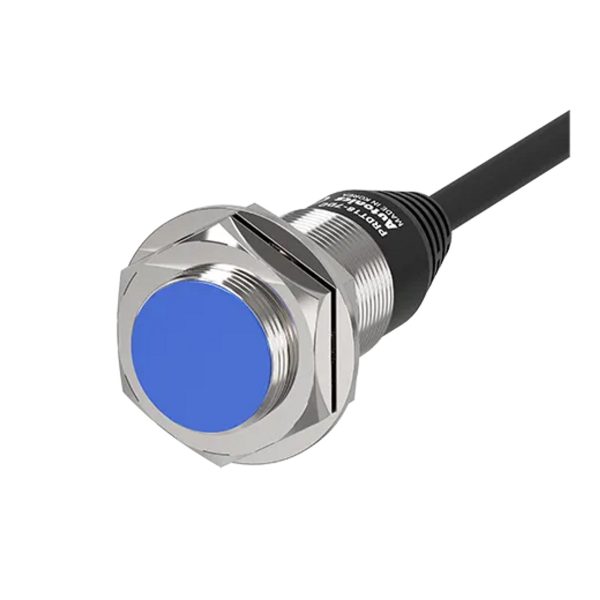Categories
DESCRIPTION
Autonics Universal AC/DC Photoelectric Sensor, BX3M-PFR
Relay contact output, Terminal block type connection, Retroreflective
The Autonics photoelectric sensor BX3M-PFR is Polarized retroreflective sensing type, comes in a rectangular shape, sensing distance of 3m, Response time of Max. 20ms and rectangular installation. The standard rectangular photo sensor can be used in diverse applications requiring non-contact detection of Opaque material.
As a quick report, this photoelectric sensor provides:
- Retroreflective (built-in polarizing filter) sensing type
- 3m sensing distance
- Opaque material of min. Ø60mm sensing target
- Red LED (660nm) Light source
- 24-240 VAC ~ ±10% 50/60 Hz, 24-240 VDC ±10% (ripple P-P: max. 10%) power supply
- Relay contact output
- Operation mode: Light ON/Dark ON (set by switch)
- Sensitivity adjuster
- IP65 ingress protection structure according to IEC standards
- Terminal type connection
- Max. 3VA Current consumption
Body
This Autonics photoelectric sensor’s case and lens cover is made of Polycarbonate, its Sensing part is Acrylic made.
The BX3M-PFR features IP65 ingress protection.
Connection
The Autonics sensor BX3M-PFR features terminal block connection.
Sensing specifications
The sensing target for this photoelectric sensor is Opaque material of min. Ø60mm. The maximum distance that this sensor can detect its standard sensing target is 3m. This so-called sensing distance differs from one sensing target to another, based on their material.
Control output
The BX3M-PFR features Relay contact output control output
Temperature
There are limitations in temperature and humidity in which BX3M-PFR photoelectric sensor is used:
- Storage temperature: -25 … 70°C
- Storage humidity: 35 to 85%RH
- Ambient temperature: -20 … 55°C
- Ambient humidity: 35 to 85%RH
Environment resistance is rated at no freezing or condensation.
Industries / Applications
- Parking Tower Entry/Exit
Still want to know more? Click here to find out about Autonics Photoelectric Sensors working principles.

